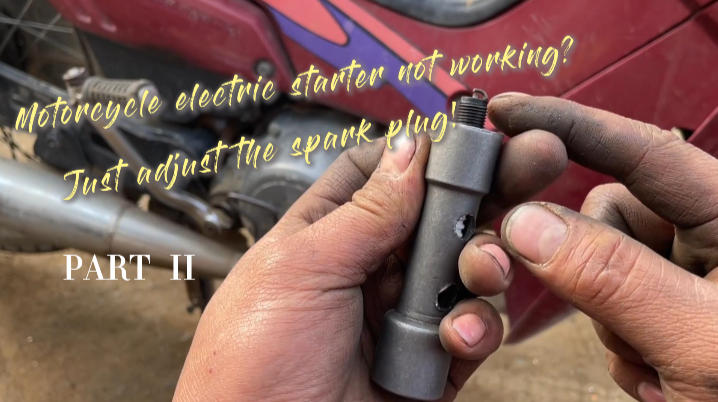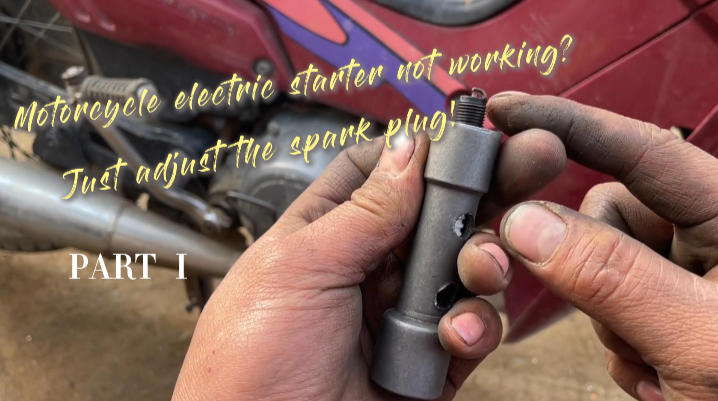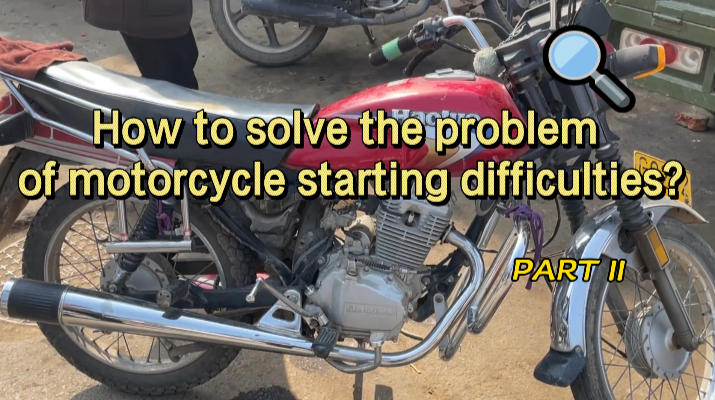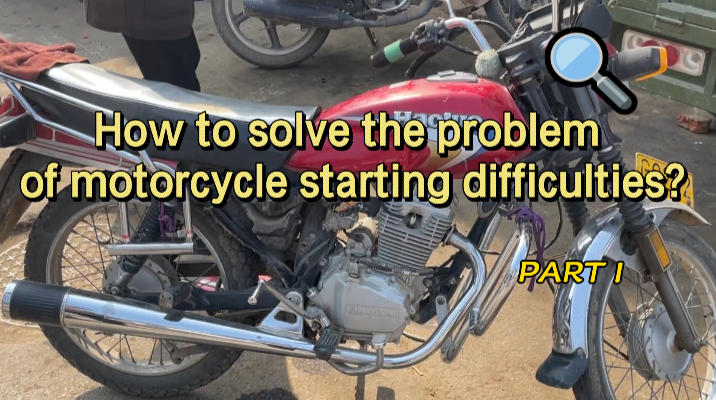A Comprehensive Guide on Drone Motors
-
9
-
2025-09-29 16:54:15
What they are, their types, and their applications
Working Principles and Testing Methods of Brushless Motors in UAV Power Systems
The first step in designing a drone is selecting an appropriate motor. To achieve optimal performance, multiple motors must be tested, and the most efficient motor for your design must be chosen. The market offers numerous motor types, including many specifically designed for drones. This article focuses solely on drone-related motor aspects:
Types of motors.
Working principles of brushless motors.
Internal rotor and external rotor configurations.
Motor efficiency and performance.
How to select the most efficient motor?
Types of Motors
Motors fall into four categories: universal motors, AC motors, brushed DC motors, and brushless DC motors.
Universal motors are likely the least suitable for drone applications.This type of motor has low efficiency, difficult speed regulation, and needs to operate at extremely high speeds to work properly, so most drones cannot use it - after all, precise speed control is essential for stable flight of drones. They are more commonly found in industrial tools such as drills and vacuum cleaners, as well as household appliances.
AC motors rely on alternating current to make the rotor rotate, and generally need to be plugged into a wall socket to use. If powered by batteries, a transformer is also required.
A direct current motor (DC motor) is similar to an alternating current motor, but the circuit design is different, using direct current. Although it can also provide power to drones, its performance is still slightly inferior compared to brushless DC motors (BLDC motors).
Brushless DC motor (BLDC motor), as the name suggests, can operate without brushes, which is different from brushed DC motor. Brushed motors rely on electric brushes to connect the power supply to the rotor, while brushless motors do not - because the current carrying copper coil is directly wound around the stator. Electric brushes actually have a major problem with brushing motors, as they will wear out over time and require regular maintenance or replacement.
And brushless motors have all the advantages required for drone design: high efficiency, wide adjustable speed range, and strong torque at high speeds. Moreover, its cost is not high and it doesn't require much maintenance, which are all very practical benefits.
How Brushless Motors Work
Before explaining the operating principle of brushless motors, let's first understand their components:
(1) Electromagnets and Permanent Magnets
Wire wound around a metal base does not act like a magnet, but when current flows through it, it induces magnetic properties. This is commonly called an electromagnet. If reverse current flows through the same wire, the electromagnet produces the opposite effect—attracting another magnet instead of repelling it.
(2) Rotor and Stator
The inner ring in Figure 3 contains the electromagnets, while the outer ring houses the permanent magnets. When the motor starts, current is supplied to its coils to activate one of the electromagnets. This causes the rotor to begin rotating because the permanent magnets are repelled by the electromagnet and attempt to align with the opposite permanent magnet on the stator. When the electromagnet aligns with its corresponding permanent magnet, it only rotates a short distance. The motor maintains rotor rotation by energizing the next electromagnet, then continuously energizing subsequent electromagnets in a repeating cycle.
By supplying three-phase current to the motor at a given frequency, the rotor will rotate at a speed equal to that signal frequency. The throttle on the drone controller regulates the motor's speed; increasing throttle sends a higher-frequency signal to the drone. The Electronic Speed Controller (ESC) manages signal transmission, adjusting the motor's speed based on the throttle input signal.
(3) What is the function of an ESC?
The ESC, or Electronic Speed Controller, controls the motor by providing electrical signals. These varying electrical signals are converted into changes in rotational speed or direction. It uses a DC-coupled switching system to deliver three-phase AC current, then modifies this output current by altering the rate at which switches in the circuit open and close. Brushless ESCs require knowledge of the rotor's current position to start the motor and select the rotation direction. To determine its position, the ESC uses information from the last de-energized electromagnet to measure its electromagnetic induction. The intensity of this induction varies with the position of the nearest permanent magnet—the closer to the magnet, the stronger the induced magnetic field.
The throttle controls the motor's rotational speed, requiring the ESC to adjust the switching frequency based on the throttle signal. The most common signal transmission protocols currently are Oneshot, Multishot, and Dshot. Their primary distinction lies in the frequency of the transmitted signal—higher frequencies yield faster response times. Additionally, unlike the other two protocols, Dshot transmits digital signals rather than analog signals. This makes it insensitive to electrical noise, resulting in more stable, precise signal transmission with higher resolution.
Internal Rotor and External Rotor
Every brushless motor consists of two main components: a stator and a rotor. The stator holds the electromagnets and remains stationary, while the rotor is the rotating part that holds the permanent magnets. Currently, there are two primary types of brushless DC motors: internal rotor and external rotor. In an internal rotor motor, the rotor spins “inside” the stator or further inward relative to the motor housing. An external rotor motor has the opposite configuration, with the rotor spinning “outside” the stator or further outward, as shown in Figure 6. Each type offers distinct advantages and disadvantages for different applications. When comparing inner-rotor and outer-rotor motors of the same size, it is readily apparent that the diameter of the applied force differs. This occurs because the electromagnet occupies more space than a rotor carrying permanent magnets. If the electromagnet is positioned internally, its diameter is larger compared to an externally positioned one (Figure 6). Beyond size, the impact on motor performance is also significant. A larger diameter implies greater torque since the force is applied farther from the rotational center, while a smaller diameter is more advantageous for high rotational speeds. Consequently, internal rotors perform best at high speeds but generate lower torque, whereas external rotors excel on larger propellers because they can deliver greater torque but rotate at slower speeds.
Applications in the drone industry: Based on the above principles, eVTOLs require high torque and thus select outer rotors to provide vertical lift. Inner rotors are commonly used in jet-powered ducted propeller aircraft or fixed-wing aircraft that require high rotational speeds for horizontal movement. The Kv value (RPM/Volt) of a motor helps illustrate this principle: it represents the change in rotational speed per 1V increase in applied voltage. Internal rotor motors feature relatively smaller rotors, enabling faster rotation at the same voltage. Consequently, they typically exhibit higher Kv values than equivalent-sized external rotor motors. When reviewing brushless motor specifications, the Kv value is often the first technical parameter listed.
This article explains how motors function, their components, and the various types of BLDC motors. We also cover electromagnetism and how ESCs regulate motor speed. This knowledge helps us understand and maximize motor efficiency tailored to different drone applications.
-
Starterstock Starter Drive Bendix for Beta Enduro RR/Xtrainer
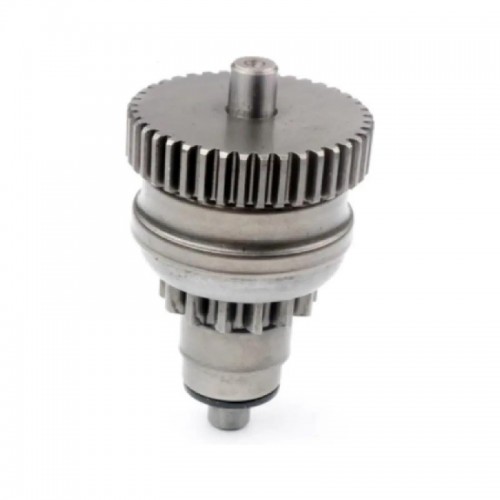
-
Starterstock Starter Drive Bendix for Sea-Doo Speedster 200 Twin 4-TEC

-
Starterstock Starter Drive Bendix for Polaris Trail Blazer/Sportsman
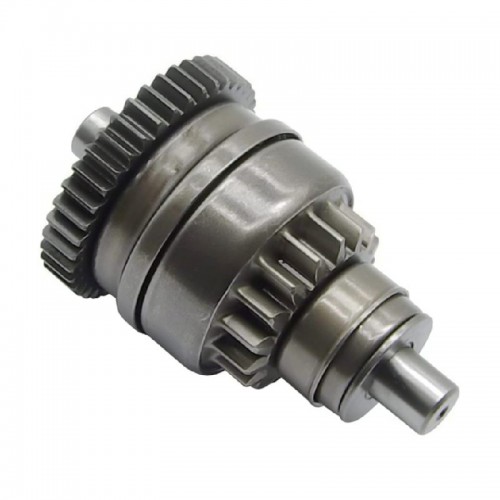
-
Starterstock Starter Drive Bendix for Kawasaki Jet Ski 650-1100
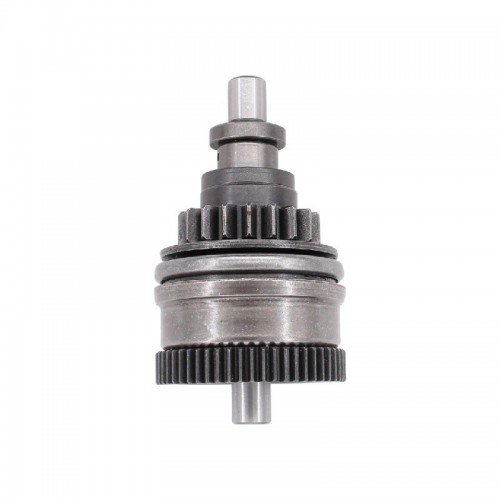
-
Starterstock Starter Drive Bendix for Yamaha WaveRunner/WaveRaider
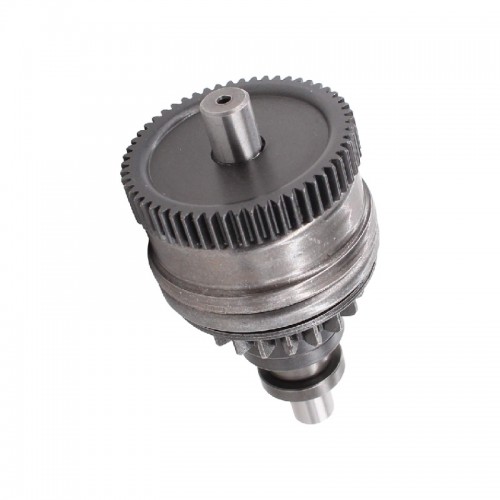
-
Starterstock Starter Drive Bendix for Polaris Sportsman/Ranger
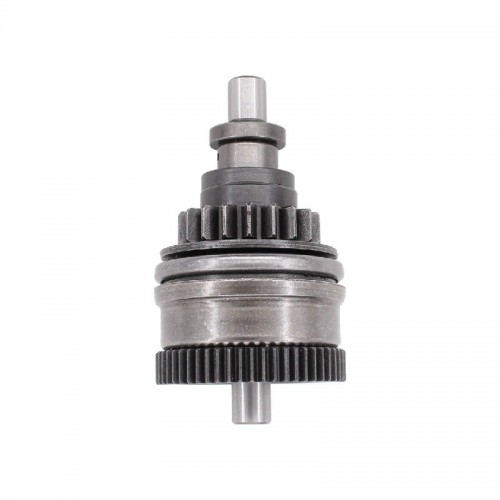
-
CARBURETOR LY-010011 for TOYOTA 4Y HILUX
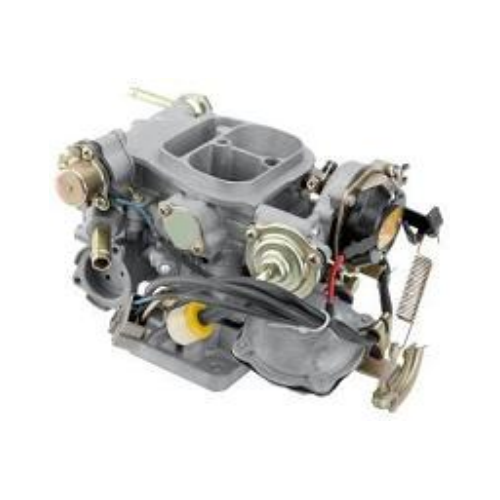
-
CARBURETOR LY-010010 for TOYOTA 3Y HIACE

-
CARBURETOR LY-010009-A for PEUGEOT 405 ZINC
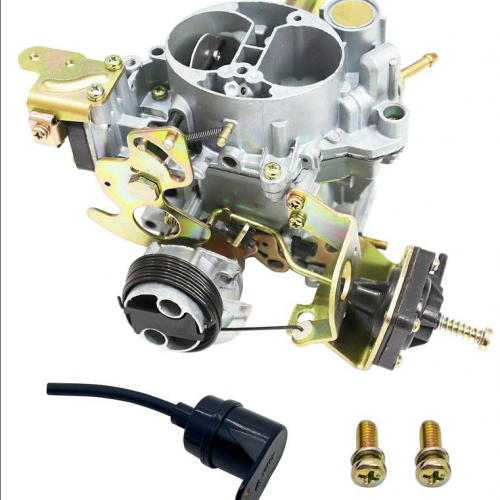
-
CARBURETOR LY-010009 for PEUGEOT 505 ZINC



